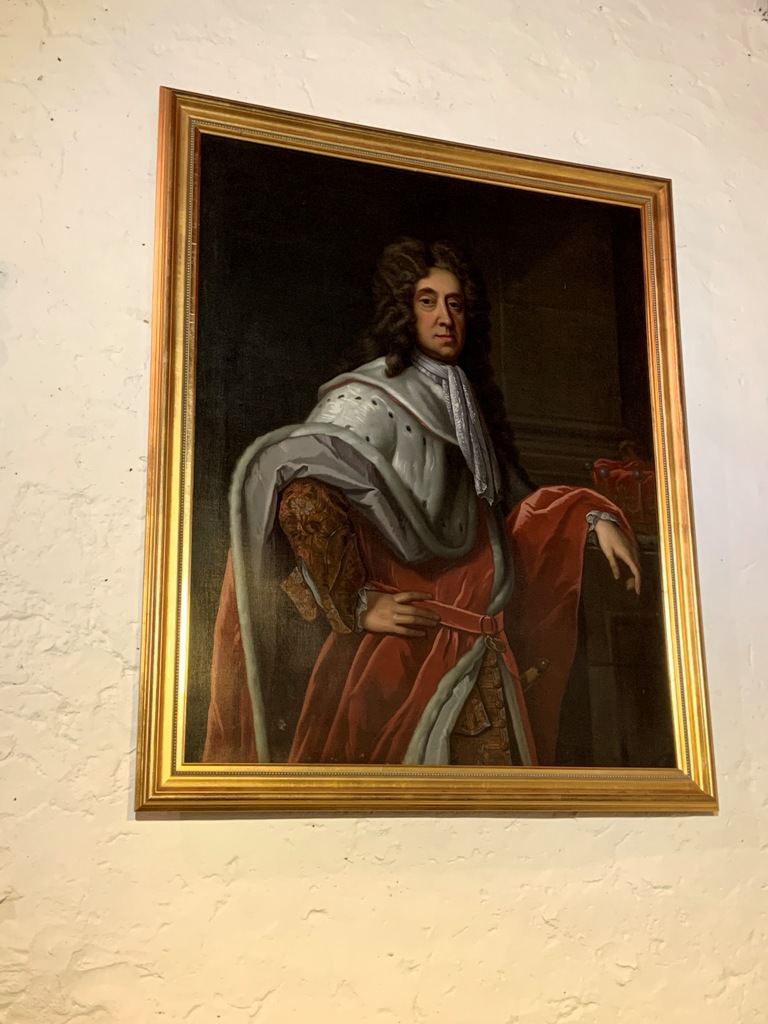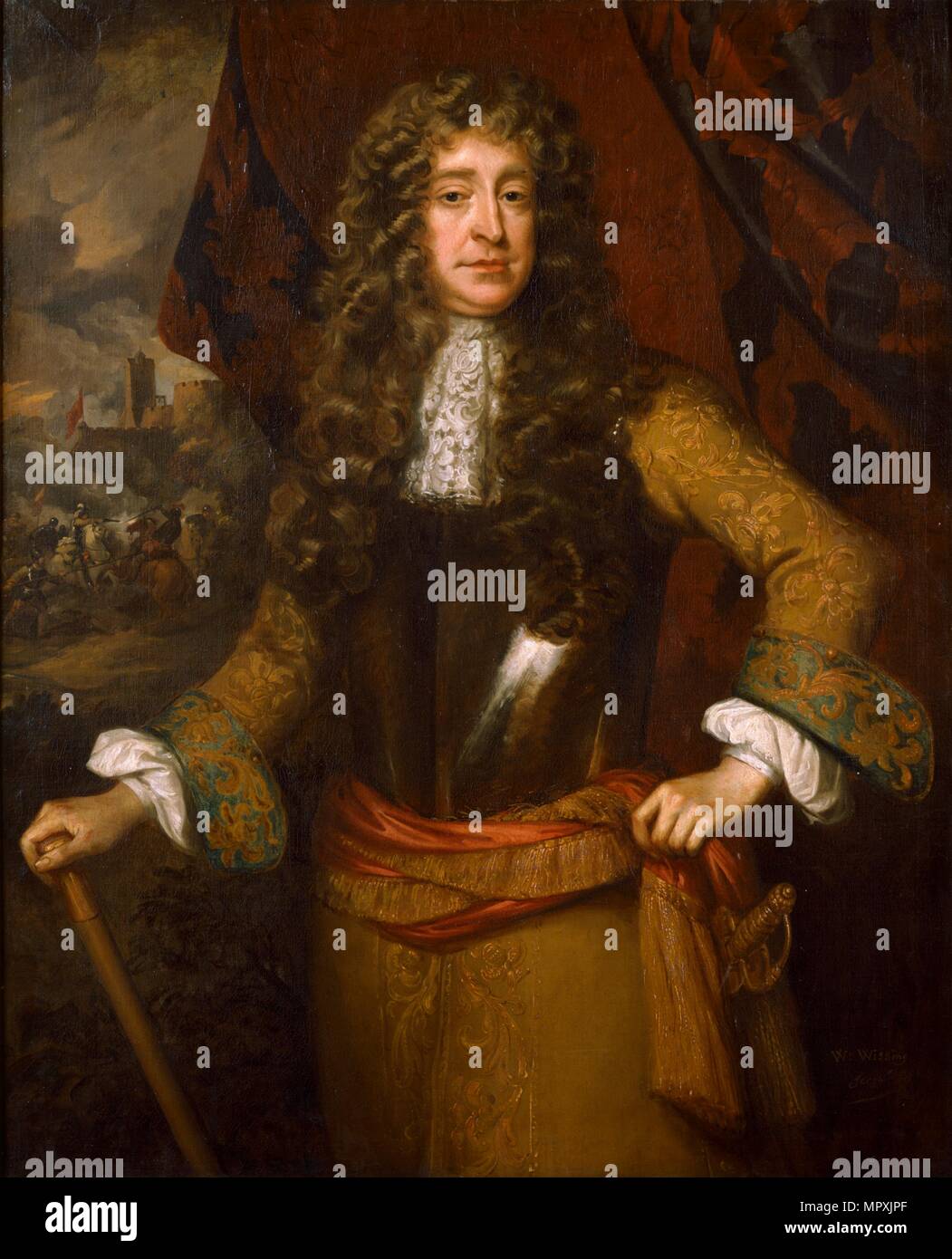

When seventeenth-century Scots looked up at symbols like these in their homes, they were actively praising God for the gift of property they were thanking him for fruit in return for labours. For example, corn husks and grapes did not simply appear on the ceilings of properties like Gladstone’s Landbecause they were attractive – they were chosen because they symbolise Eucharist. With devotional images removed from life, brave seventeenth-century patrons created a Protestant-friendly language of symbols derived from prints and emblem books. The imagery of these painted interiors was usually highly symbolic. With art removed from sacred space, aspirational and newly affluent town-dwelling Scots brought colour into their lives by decorating their homes with bold continentally-inspired designs. (c) National Galleries of Scotland Supplied by The Public Catalogue FoundationĬommissions for painted interiors also rose dramatically in seventeenth-century Scotland.

George Jamesone, ‘Anne Countess of Rothes and her Two Daughters’, 1626. The work is not accessible to the public (though initiatives such as Your Paintings are thankfully changing this). This is why the story of seventeenth-century visual culture remains untold. These portraits, due to the sustained popularity of eighteenth-century portraiture, are usually hidden away in gallery stores or in private collections. Jamesone’s Anne Countess of Rothes and her Two Daughters is just one of several symbolic seventeenth-century Scottish portraits. The picture tells doubters that the family is here to stay and that they don’t take orders from anyone – not even the King. With this portrait, Anne was telling visitors to the Rothes home that the family was stronger than ever and that her Mars, the Earl of Rothes, would return to add more cherries to the Rothes line. At the time this work was painted, Anne’s husband, the Earl of Rothes, was in London asking the King to repeal new land laws which would see the family lose a vast amount of their estate. Cherries are seventeenth-century symbols of fertility. The cherries aren’t there because they look attractive. Another clue which reveals that this portrait holds a message is the cherries held by the girls. These pictures help to tell Anne’s story.
.jpg)
These pictures aren’t arranged like this because Jamesone could not cope with overlapping. Notice how odd the pictures behind her appear. In this, Anne looks out to the viewer with determined spirit. For example, consider one of the first paintings you meet at the Scottish National Portrait Gallery: George Jamesone’s Anne Countess of Rothes and her Two Daughters (see below). This period was not a cultural dark age – it was a time when the people of this country took control of their visual culture and used it to question and defy authority. It is time that Scotland knew the truth about art made during the era immediately preceding the Union with England. The seventeenth century was ignored, as usual. Episode 2 began with Lachlan reliving The Grand Tour experience of all aspiring artists living in eighteenth-century Britain. Furthermore, Scottish art, like the philosophy which drove it, was so phenomenal in the eighteenth century that the seventeenth century has been forever cast in shadow by light emanating from Scotland’s Golden Age. In the past, seventeenth-century Scottish art has been largely ignored because it was believed that iconoclasm had killed creative endeavours. Likening the actions of Scotland’s sixteenth-century reformists to the current actions of ISIS at Palmyra was a brave yet enlightened comparison to make.Īfter the first episode, I was excited to learn what would be said about the seventeenth century in episode 2. The show concluded with a vigorous account of The Reformation.

It was fast, but it was cohesive and entertaining. We gazed deep into carved markings left by the enigmatic Picts we admired the sophistication of the Gaels and we witnessed the glamour and flair of early Stewart Kings. The first episode tackled a vast period: the Neolithic to the Reformation. I have one issue with the show thus far though: the omission of the seventeenth century. Overall, this is, and looks set to be, a landmark series. The presenter, Lachlan Goudie, is instantly likeable. Close-ups of paintings by Ramsay and Raeburn not only reveal differences in technique, they unravel the separate principles of two great minds. Drone shots of The Ring of Brodgar emphasise grandeur.
#17TH CENTURY PORTRAITURE SERIES#
There is a terrific TV series on at the moment called The Story of Scottish Art. ©The University of Aberdeen Supplied by The Public Catalogue Foundation George Jamesone (and Cosmo Alexander), Sibyl Europæa, ca.1640.


 0 kommentar(er)
0 kommentar(er)
